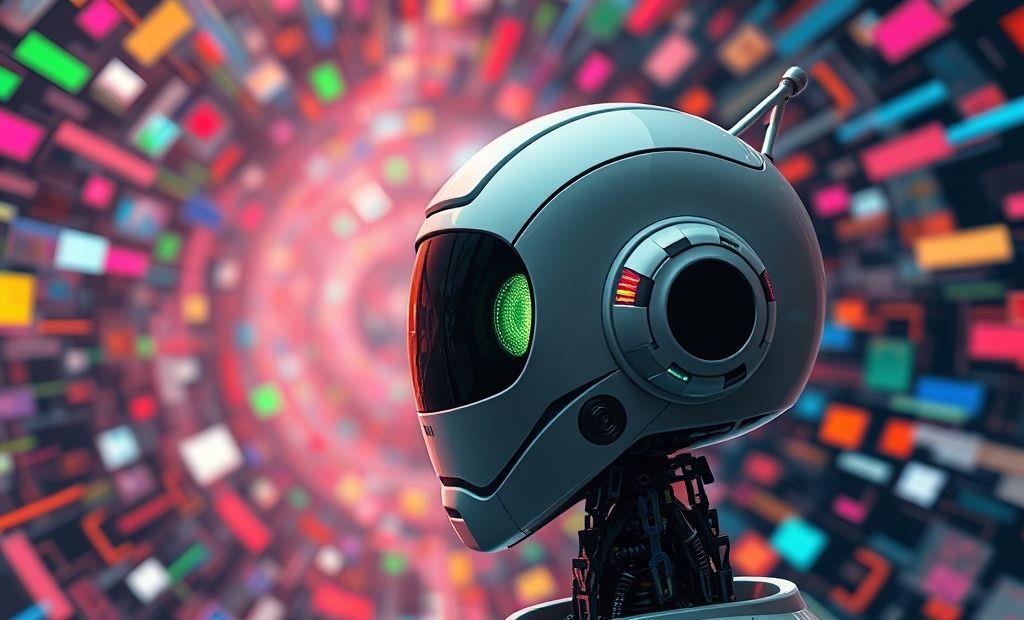OpenArt’s AI Creates Viral ‘Brain Rot’ Videos Instantly

Former Googlers’ AI Startup OpenArt Creates ‘Brain Rot’ Videos Instantly OpenArt, an AI startup founded by ex-Google employees, has introduced a new feature that lets...
⏱️ Estimated reading time: 2 min
Latest News
Former Googlers’ AI Startup OpenArt Creates ‘Brain Rot’ Videos Instantly
OpenArt, an AI startup founded by ex-Google employees, has introduced a new feature that lets you generate ‘brain rot’ videos with a single click. This tool is designed to produce the kind of hyper-stimulating, nonsensical content that often goes viral online. But what does this mean for content creation?
What are ‘Brain Rot’ Videos?
‘Brain rot’ videos typically feature:
- Rapid-fire editing
- Absurd and random imagery
- Loud, jarring sounds
- Over-the-top humor
These videos are designed to grab attention and keep viewers hooked, often without any clear narrative or purpose.
OpenArt’s New Tool
OpenArt’s new feature aims to automate the creation of these types of videos. It’s designed to simplify the process, enabling users to produce these attention-grabbing videos without extensive editing skills. The startup focuses on using AI to democratize creative content creation. This positions OpenArt among innovative AI tools aiming to reshape digital media, like RunwayML and Pika.
Impact on Content Creation
The emergence of AI tools like OpenArt’s raises several questions:
- Accessibility: Will it allow more people to create engaging content?
- Originality: Could it lead to a flood of similar-looking videos?
- Engagement: Will viewers eventually tire of this style of content?
Some might argue that this is a natural evolution, allowing creators to focus on more complex or nuanced projects. Others might worry about the potential for homogenization of online content. As AI tools become more sophisticated, the line between human-created and AI-generated content may become increasingly blurred. We can expect to see new discussions around content ownership and copyright. The development of AI-driven content creation platforms also has the potential to influence broader trends in AI ethics and digital culture.
Related Posts
Bluesky Enhances Moderation for Transparency, Better Tracking
Bluesky Updates Moderation Policies for Enhanced Transparency Bluesky, the decentralized social network aiming to compete...
December 11, 2025

Google Maps: Gemini Tips, EV Charger Predictions & More!
Google Maps Gets Smarter: Gemini Tips & EV Updates Google Maps is enhancing user experience...
December 9, 2025

US, UK, Australia Sanction Russian Web Host
Crackdown on Russian ‘Bulletproof’ Web Host The United States, United Kingdom, and Australia have jointly...
December 6, 2025











Leave a Reply